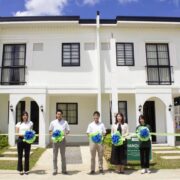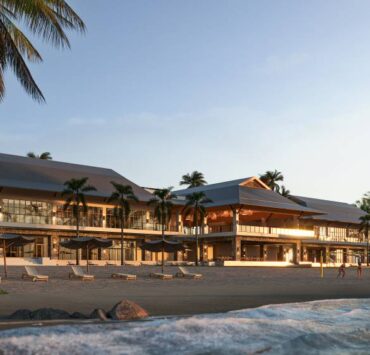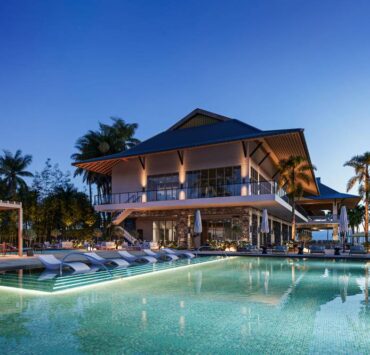The neighborhood with a triple bottom line

(Conclusion)
Having been in practice as an architect-urban planner over the last five decades, I have become particularly interested in how good urban design and good environmental planning might collaborate.
I am talking here about the physical forms and patterns of communities that must work in partnership with nature. It is much about the patterns of land use, open space, and streets that shape our neighborhoods as it is about the quality of land, air, water, and urban vegetation, and the implications and opportunities each holds for the quality and vitality of neighborhoods.
The triple bottom line neighborhood
A triple bottom line neighborhood is one that integrates specific social, environmental, and economic objectives into its planning and development process, moving beyond traditional financial metrics to achieve holistic sustainability. It focuses on three aspects.
1. People: Social equity and well-being
This means creating a neighborhood that promotes the well-being, safety, and interaction of its residents.
It involves designing features that foster community cohesion such as parks and spaces for social interaction. It ensures walkability and convenient access to essential amenities within a short distance.
It incorporates urban design elements that enhance safety and promote public health, such as good street lighting, pedestrian- and bicycle-friendly infrastructure, as well as access to green open space.
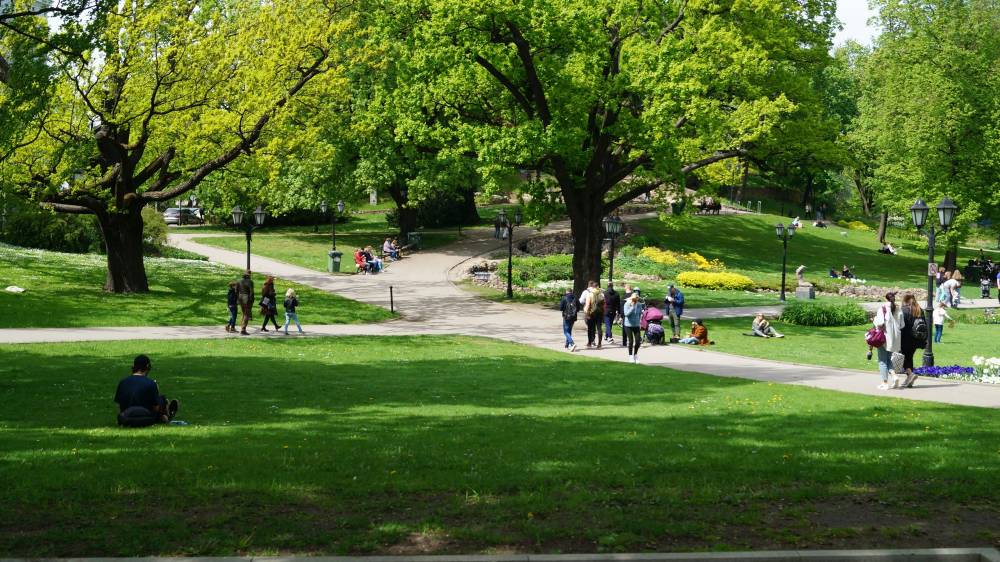
2. Planet: Environmental stewardship
This involves minimizing the negative environmental impact of the neighborhood’s development and long-term operation.
It adopts renewable energy sources and energy-efficient building designs, and utilizes locally sourced and recycled building materials. It integrates robust waste management systems, including effective recycling, and focuses on conserving water resources.
It preserves and incorporates natural habitats, green spaces, and green infrastructure to manage stormwater, improve air quality, and support local ecosystems. It also encourages low carbon transport options through designs that prioritize walking, cycling, and public transportation.
3. Profit: Economic viability
This focuses on creating a development that is financially viable and capable of generating long-term economic benefits for the community, the developer, and investors.
While the initial investment in a sustainable development may be higher, the long-term operational cost reductions and increased property value strengthen its financial viability.
This aspect also supports mixed-use developments that help local businesses thrive and create diverse employment opportunities for residents within and near the neighborhood. It can attract investment by delivering properties that align with the growing demand for sustainable and socially responsible real estate, leveraging green building certifications to enhance market appeal.
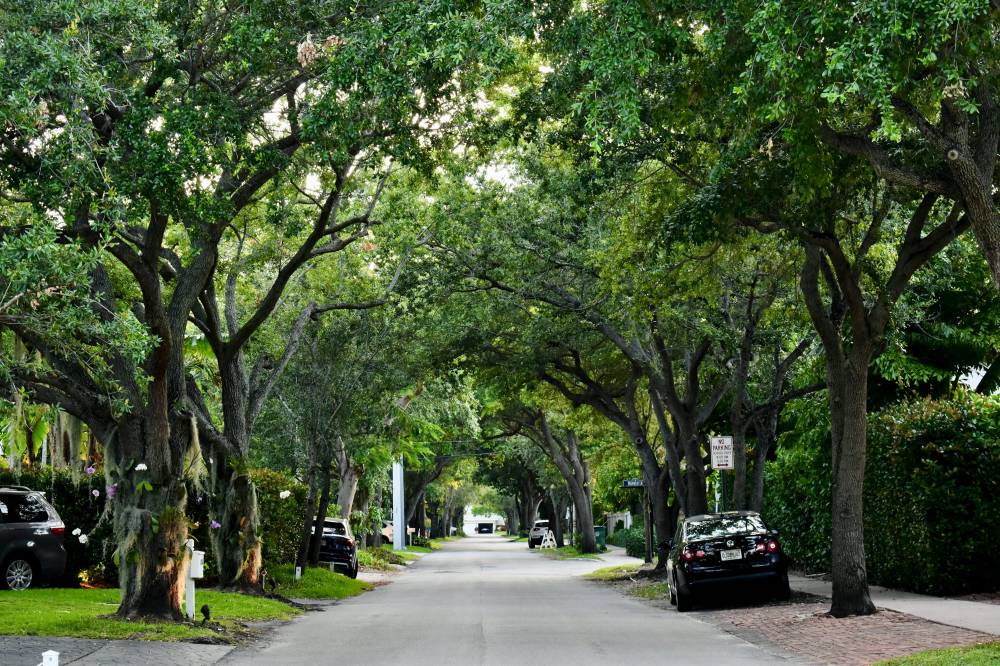
A balancing act
In a triple bottom line neighborhood, the planet (environmental) pillar is considered the most important component, as it contains both the people (social) and profit (economic) systems within it. Just as there would be no people without a planet, there would be no business without people, and no prosperity without business.
However, all three pillars are interconnected, and initiatives that address one often overlap with another. Naturally, when everything is this tightly linked, trade-offs are inevitable.
Trade-offs make it impossible to talk about sustainability without considering all pillars equally.
Implementing the triple bottom line thus helps a neighborhood form a holistic view of itself. There is no one golden rule that can satisfy all three areas equally. It is a balancing act, and decisions should be guided by long-term goals.
The author is an architect-urban planner, a fellow emeritus of both the United Architects of the Philippines (UAP) and the Philippine Institute of Environmental Planners (PIEP), and the Principal Urban Planner of CONCEP Inc.
The author (nveinsiedel@gmail.com) is a Fellow and Past President of the Philippine Institute of Environmental Planners and Principal Urban Planner of CONCEP Inc.












